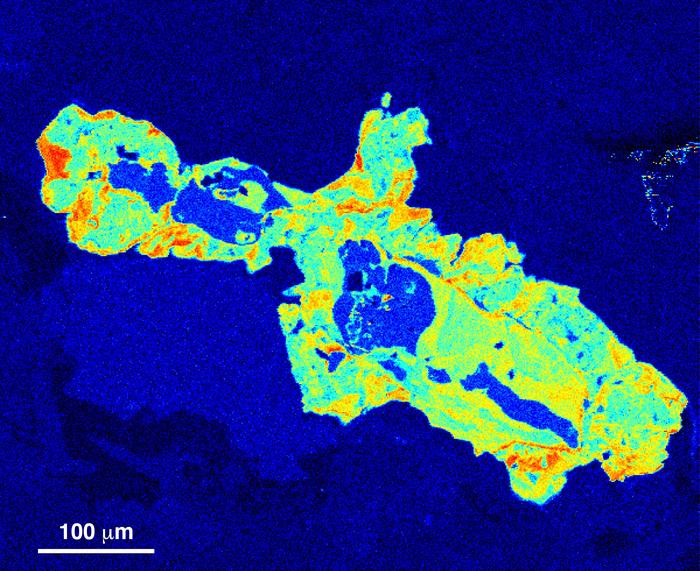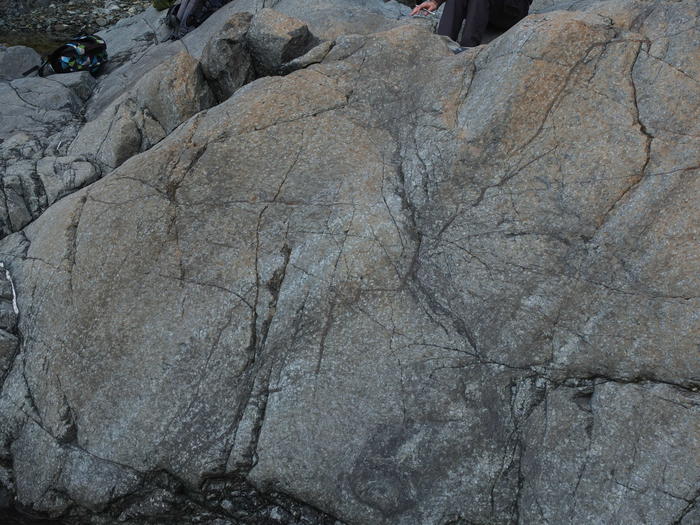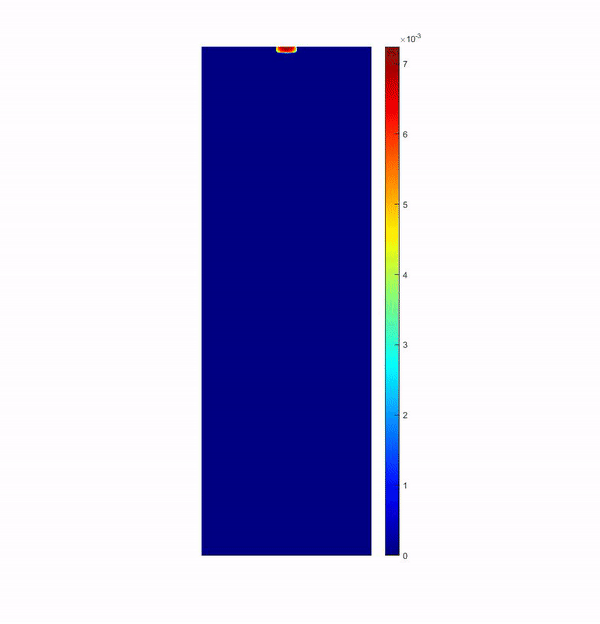Fluid flow in subduction zones and orogens
Fluids play a crucial role in subduction zone processes and during continental collisions. As such, subduction zones are the key location linking Earth’s surficial and internal geochemical reservoirs. During metamorphic dehydration reactions fluids escape from the downgoing slab into the overlying mantle wedge affecting the rheology of the slab-mantle interface and controlling many geochemical cycles, magmatic processes, and earthquakes.
Sulfur cycling in subduction zones
Subduction of altered oceanic lithosphere plays a key role in many arc-related processes and global chemical cycles and links the surficial and internal chemical reservoirs. The altered oceanic crust and serpentinized mantle thereby control the transport of considerable amounts of water, oxidized and reduced sulfur, as well as various other species into the deep mantle affecting the redox state of Earth’s interior and arc-related magmatism. In our group, we focus on the cycling of sulfur within the lithospheric slab in high-pressure metamorphic rocks. We combine mineralogical and petrological investigations (EMP, SEM incl. Mineralogic software) with in situ techniques (SIMS, LA-ICP-MS) and bulk rock geochemistry to determine how sulfur is transferred within the slab and into the mantle wedge, how these processes affect large-scale arc-related processes, and how they impact the sulfur budget of Earth’s upper mantle and potentially its redox state.
Figure caption: Element distribution map of Co from a sulfide in a metamorphic rock. Click on the image for a larger view!
Further reading: Schwarzenbach et al. (2018); Su et al. (2019); Li et al. (2020);
Dehydration of serpentinites
The dehydration of hydrated oceanic lithosphere in subduction zones is an important geologic process on Earth. The fluids liberated in a series of dehydration reactions influence, for example, the rock rheology, modify the chemical composition of the slab, may trigger earthquakes, and lead to volcanism above the subduction zone.
But how do these fluids migrate through the rock deep down in the subduction zone? Natural examples of dehydrated and exhumed meta-serpentinites show that the fluid escapes from the rock through a channelized vein network that forms at depth during the rock dehydration. A better understanding of how this network forms can give us insights into which influence processes such as mineral reactions, changes in the fluid chemistry or rock deformation have on the overall dehydration process.
For this we combine numerical modeling with observations and chemical data from natural serpentinites. The project is part of the DFG collaborative research center CRC1114 “Scaling cascades in complex systems” and is in collaboration with the department of Mathematics and Computer Sciences at the FU Berlin.
Figure caption: Meta-serpentinite with veins (darker, e.g. from center to upper right corner) that formed as a result of the dehydration at depth and served as fluid escape pathway. Click on the image for a larger view!
Further reading: Kaatz et al. (2021); Huber et al. (2021)
Computer Simulation of fluid flow in the deep Earth
Water from the oceans can be brought deep into the Earth via subduction zones. This water can be released again at various depths and also carries important chemical elements such as Si, C, Cl, and S. It can be responsible for economic ore deposits, may trigger Earthquakes, and facilitates melting, which can lead to volcanic eruptions at the Earth’s surface. We use computer simulations to understand such processes.
So, how do fluids flow and react in rocks at depth? How are fluid pathways generated? What is the role of chemical reactions in generating porosity and facilitating fluid flow? Our research group specializes in computer simulations to answer these questions. We use Thermolab (Thermodynamics in Matlab) to calculate chemical equilibrium in rocks, minerals, and fluids. With Thermolab it is easy to integrate local equilibria with mathematical models describing the physics of fluid flow and chemical reaction. The partial differential equations are then translated to computer codes using numerical modelling techniques such as Explicit and Implicit Finite Difference schemes or the Finite Element Method.
Figure (Simulation): Spontaneous development of porosity channels during dehydration. Dehydration starts from the top of the simulation and proceed downwards. Color coding shows evolution of volume fraction of fluid in the rock. Click on the figure for a larger view!
Further Reading: Vrijmoed & Podladchikov (2022)


